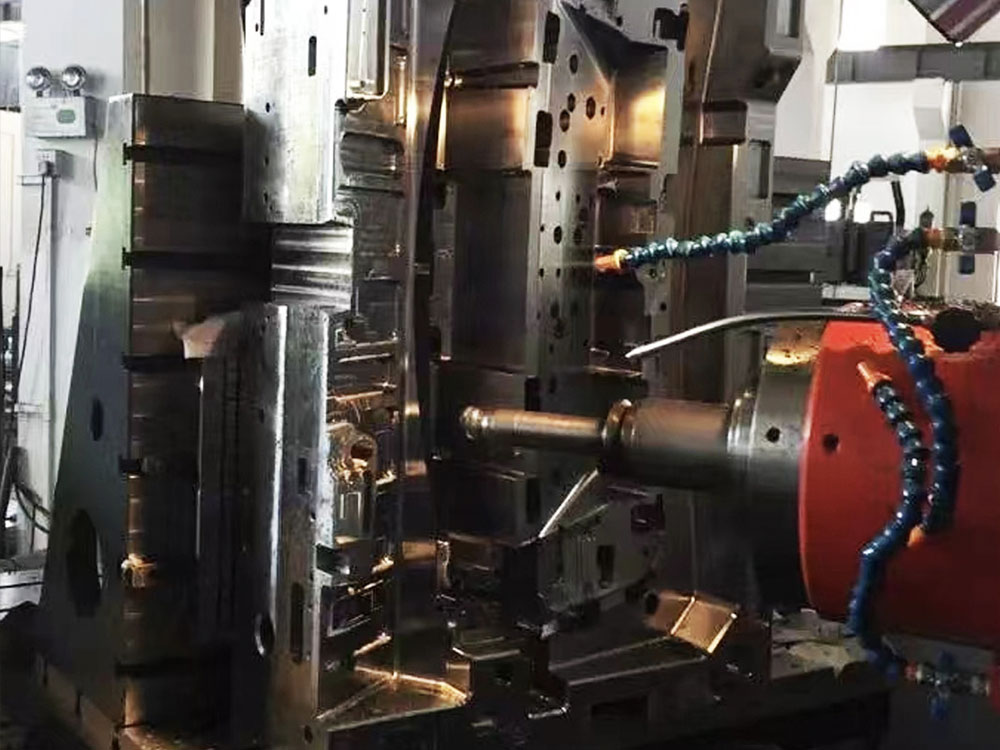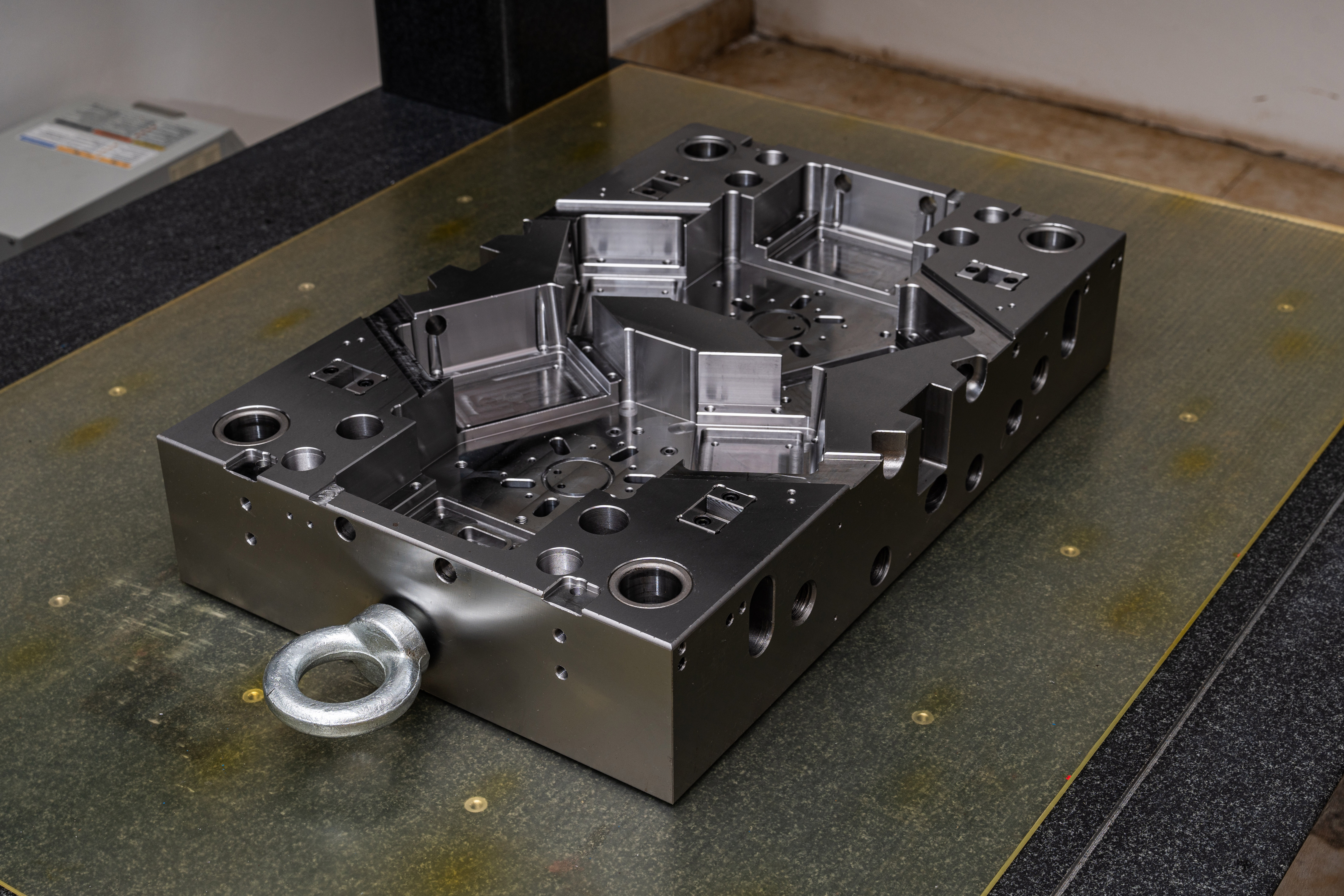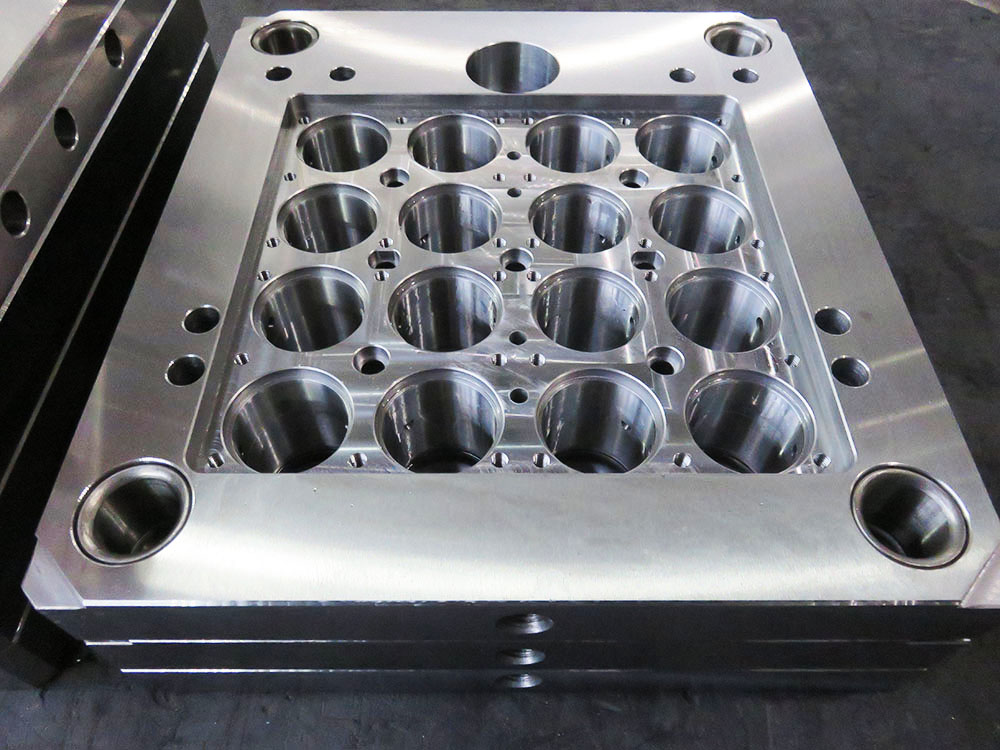Techniques for Creating a CAD Plan for a Support Bracket
In the Mold Base industry, creating a CAD plan for a support bracket requires a systematic approach in order to ensure accuracy and efficiency. This article will outline the essential techniques for generating a precise CAD plan for a support bracket, highlighting the key steps involved in the process.
1. Gather and analyze design requirements
Before starting the CAD plan, it is crucial to gather and thoroughly analyze the design requirements for the support bracket. This includes determining the load-bearing capacity, the dimensions, and any specific aesthetic or functional considerations. Understanding these requirements will help guide the subsequent steps in the CAD plan creation.
2. Sketch and conceptualize the support bracket
With the design requirements in mind, sketching and conceptualizing the support bracket is the next step. This involves rough drawings and visualizations to determine the basic shape, dimensions, and general structure of the bracket. It is essential to consider the intended application and the compatibility with other components of the mold base.
3. Utilize 3D modeling software
Once the rough sketches are complete, it is time to transition to 3D modeling software. Using industry-standard CAD software, such as SolidWorks or AutoCAD, enables precise and accurate design creation. The software should allow the designer to create detailed 3D models of the support bracket, incorporating all the necessary features and specifications.
4. Design the support bracket
The design phase involves translating the conceptualized support bracket into a fully functional and manufacturable design. This includes refining the 3D model and considering factors such as material selection, manufacturing processes, and ease of assembly. It is crucial to ensure that the design complies with industry standards and provides the required strength and stability.
5. Conduct stress analysis
As support brackets are subjected to various loads and forces, it is vital to perform stress analysis on the CAD model. Finite Element Analysis (FEA) software can be used to simulate different scenarios and determine the structural integrity of the support bracket. This analysis helps identify any potential weak points or areas that require reinforcement.
6. Create technical drawings and documentation
To communicate the design intent and specifications to manufacturers, creating detailed technical drawings and documentation is essential. This includes generating orthographic projections, isometric views, and exploded views of the support bracket. Additionally, proper dimensioning, annotations, and material specifications should be clearly indicated.
7. Validate the design
Before finalizing the CAD plan, it is crucial to validate the design through various means, such as prototype testing or virtual simulations. This ensures that the support bracket performs as intended and meets all the initial design requirements. Any necessary adjustments can be made at this stage to optimize the performance and manufacturability of the support bracket.
8. Collaboration and feedback integration
Throughout the CAD plan creation process, collaboration with other stakeholders, such as engineers, manufacturing teams, and clients, is essential. Incorporating their feedback and suggestions helps refine the design and enhance its functionality. Effective communication and iterative revisions ensure that the final CAD plan meets all the necessary requirements.
Conclusion
Creating a CAD plan for a support bracket in the Mold Base industry requires a systematic approach and precise execution. By following the outlined techniques, designers can generate accurate and reliable CAD plans that meet the specific requirements of support brackets. This ensures the successful development and integration of support brackets within mold bases, contributing to the overall efficiency and effectiveness of the manufacturing process.




